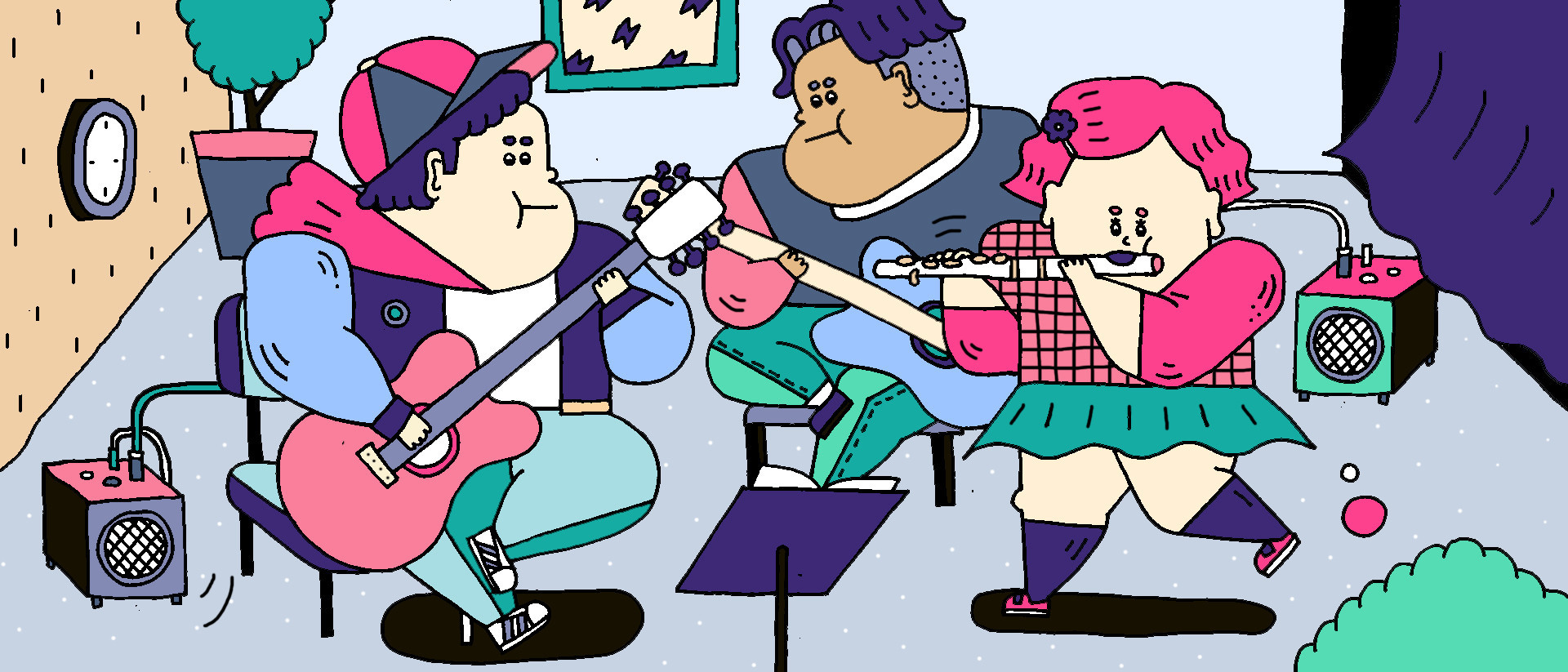I was only going to write one story about this. After all, I thought, how much can you say about women’s underrepresentation in music? You can keep tallies at festivals or sit by the radio and count songs, but the extent of the problem and the underlying causes will remain a mystery.
Two things changed my mind.
First, my colleague Dimitri Tokmetzis got hold of a year’s worth of songs played on six big Dutch radio stations. It was data I’d never seen collected in this country before. And it made it obvious that not many women were getting airplay.
When we presented our first findings, all kinds of experts – from gender scholars to people from the industry to artists themselves – joined the conversation and offered to help.
Now we’re able to calculate the ratio of male to female acts on the radio and start to look at some possible explanations.
But first, what do the numbers say?
Source: De Correspondent
The numbers don’t lie: far and away the most artists you hear on Dutch radio are men. Stations do differ: on Radio 538 and Radio 2, only one in five artists is female. On Qmusic and Sky Radio, it’s 25% and 30% respectively.
The most-played artist overall, though? That’s a woman – Adele.
Source: De Correspondent
Three possible causes
A lot of people in the music world would like to rectify this imbalance – not only artists, but bookers and radio producers, too. Even copyright organization Buma/Stemra is contributing to a study on the subject.
But it’s too soon to break out the champagne, according to cultural sociologist Pauwke Berkers.
Fifteen years ago, Berkers wrote his master’s thesis on women in punk. Today, he and colleague Julian Schaap are studying gender ratios in the metal scene. Berkers told me he’s seen the subject of women in music come and go.
So after the initial uproar, how do you keep the conversation from dying down? First, you look deeper. No, radio stations don’t play many women artists – but why? I found three possible reasons.
1. The imbalance starts in elementary school.
Studies have found that Western children learn very early on that some instruments are masculine. Boys and girls both think girls shouldn’t play guitar,
or boys flute.
Why? Because they’ve never seen them do it.
And those beliefs are borne out in the instruments they pick up when the time comes. Eighty-nine percent of kids who play flute are girls, according to a British study from 2008. Meanwhile, 81% of young electric guitarists are boys. The roles get divided up early. And you can hear it on the radio.
2. The archetypal artist is male.
So girls play mostly piano, flute, and violin; boys, guitar, drums, or trumpet. Fine, you might say – then women go into classical music.
But there’s such a thing as discrimination. A US study from 1997 found that blind auditions helped combat the underrepresentation of women in orchestras.
In other words, women who are chosen on the basis of their music alone are not chosen when their gender is known to the jury. Here, discrimination is not only unfounded, it’s indisputably robbing orchestras and audiences of good musicians.

A possible explanation for this: the ideal image of “the artist” is implicitly masculine. That was the conclusion of a recent University of Toronto sociological study. The archetypal artist throws himself into his vocation at the expense of other skills and family life. And this “creative genius’s” antisocial traits fit into social norms of masculinity.
Compare Amy Winehouse with Libertines frontman Pete Doherty. Both were hugely successful musicians during the same period; both were also drug addicts. Yet a study found that while Doherty was seen as a boundary-pushing hero (“rock and roll”), Winehouse’s behavior was more often described as worrisome or troubled (“rock and fall”).
Why did the media write about Doherty and Winehouse in such different ways? Does it have to do with the fact that it’s mostly men doing the writing? One Guardian writer confessed to wanting to be Doherty. Would he have said the same about Winehouse?
3. Men run the music business.
It’s not only in music journalism that men’s voices dominate – the industry itself has always been a male bastion. Research in the UK has found that while music-business interns and beginners are often women, men dominate all other ranks.
Men typically run the show in the Netherlands too. There are no exact figures as far as I know, though the Dutch edition of Noisey made a preliminary count last year.
It’s hard to say how strongly the skewed ratio in the industry affects opportunities for women artists. But it’s clear the music business largely remains a man’s world.
Can things change?
On the one hand, the figures that gave rise to this piece are a symptom. If all you look at is the low number of women who get airplay, you miss key causes, like stereotyping that starts in childhood.
On the other hand, research shows that there is discrimination in music. And ultimately, those radio figures are a cause in themselves. Because a key reason why kids think guitars are for boys is that they only hear men playing them.
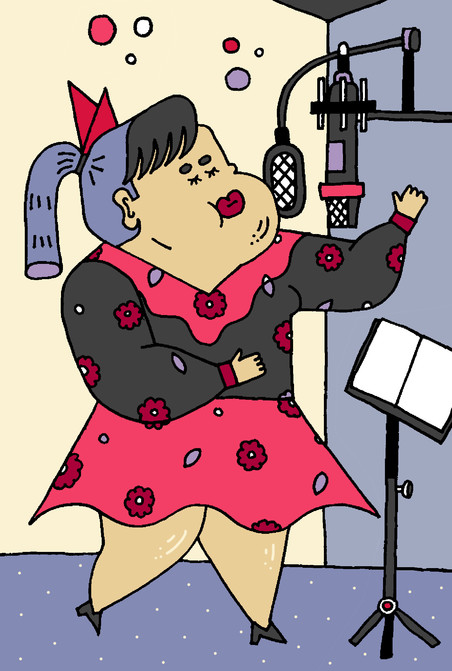
So it’s about role models. As long as we learn to see music as a man’s world when we’re kids, we’ll make sure it stays that way when we grow up.
What can we do about this chicken-and-egg problem? Maybe the answer lies with the chicks, by which of course I mean the little chickens.
Between kids and the famous artists who inspire them – or don’t – are young musicians: the promising talents, the ones who are said to be going places. If we want to create equal opportunities for female artists, we need to start with them.
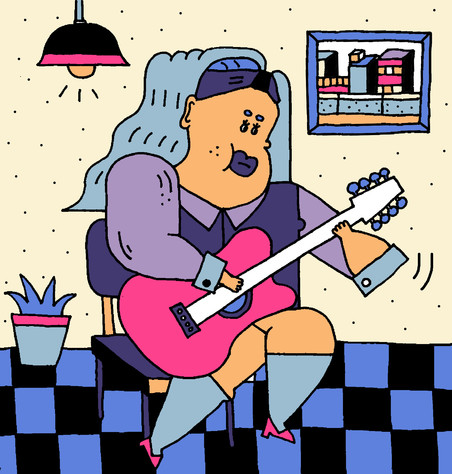
That’s what Roosmarijn Reijmer, a DJ at 3FM, the first radio station where I counted songs, told me. We need to book more talented female musicians at small venues, Reijmer said, so they can develop into the female headliners who are still glaringly absent from festivals.
Conscious efforts to create more opportunities for women in music will be seen by some as positive discrimination. I think it will reduce discrimination. It will also bring more, and more diverse, talent to the stage.
Is this a realistic hope? My first call for input on the subject appeared on April 28. Another report on women in music appeared the same day: an announcement by the UK’s PRS Foundation, which had just received €200,000 from the European Union.
The grant will support a new talent development program for female musical artists and industry professionals in Europe and Canada. According to the foundation’s press release, the project will last for two years, and Spotify is a sponsor.
Music is one of our oldest forms of communication. Popular music is a billion-dollar industry. Half the population being structurally denied an equal opportunity to be a part of it isn’t insignificant. And it certainly isn’t inevitable.
We asked the six radio stations to respond, but none did. 3FM had previously replied to an earlier piece.
—Translated from Dutch by Laura Martz and Erica Moore
More from De Correspondent:
 How we found out women got less airplay (and how you can use our data)
On six big Dutch radio stations, female musicians get way less airplay than male ones. Research that Music Industry Correspondent Rufus Kain and I did proves it. Here, I explain how we counted – and what we hope you’ll do next.
How we found out women got less airplay (and how you can use our data)
On six big Dutch radio stations, female musicians get way less airplay than male ones. Research that Music Industry Correspondent Rufus Kain and I did proves it. Here, I explain how we counted – and what we hope you’ll do next.

 Why is it that so few female artists grace our airwaves (or the stage)?
I tallied up a year’s worth of programming at Dutch pop and rock station Radio 3FM. Turns out women account for just one out of every five artists the station plays. At music festivals, the gap is even greater. How widespread is this disparity and what’s behind it? Help me find out!
Why is it that so few female artists grace our airwaves (or the stage)?
I tallied up a year’s worth of programming at Dutch pop and rock station Radio 3FM. Turns out women account for just one out of every five artists the station plays. At music festivals, the gap is even greater. How widespread is this disparity and what’s behind it? Help me find out!
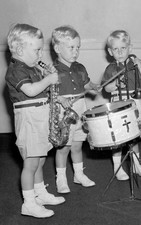
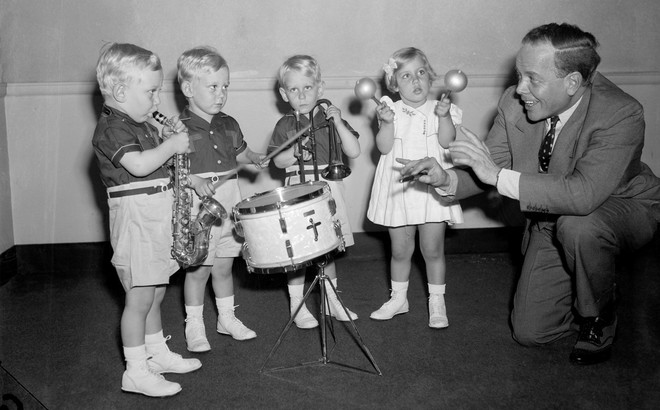 Does the shortage of female headliners start in grade school?
From radio to festivals, women in music are in the minority. With the help of readers and industry experts, I’ve found three main reasons why (along with lots of new questions). Here’s an update from my women-in-music series.
Does the shortage of female headliners start in grade school?
From radio to festivals, women in music are in the minority. With the help of readers and industry experts, I’ve found three main reasons why (along with lots of new questions). Here’s an update from my women-in-music series.



